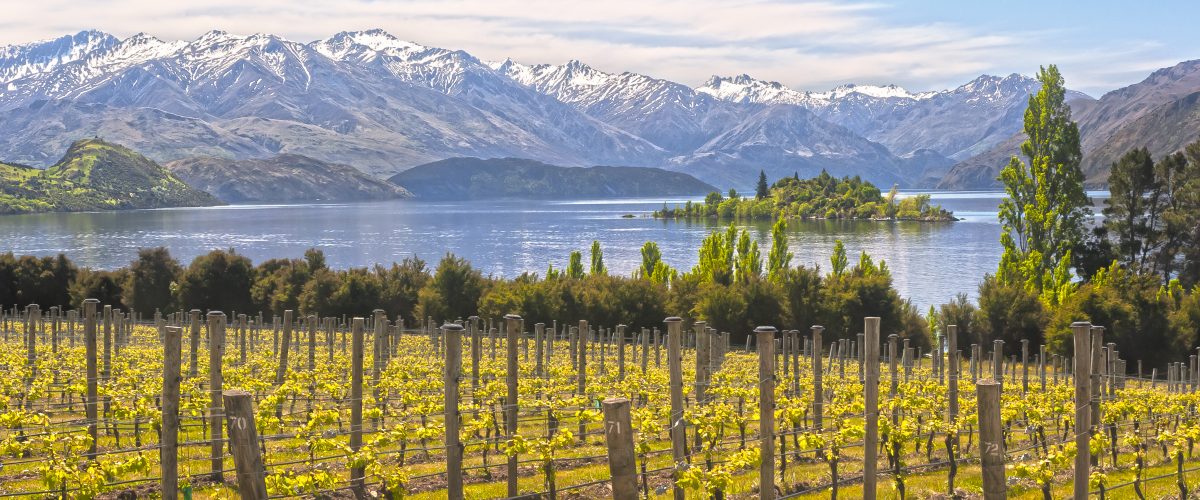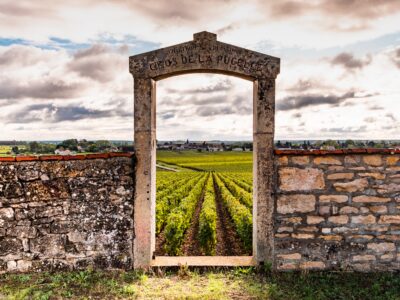Chardonnay is, unquestionably, one of the wine world’s most argued over grape. How can a grape that is responsible for the most revered and expensive white wines also be the victim of a less than subtle acronym (ABC – Anything But Chardonnay)?
The answer probably lies in the fact that Chardonnay is an incredible adaptable grape. It can be, and indeed is, grown in every wine region in the world. This leads to a gamut of styles which can suit a wide range of palates and budgets.Therein lies the problem. A lot of the push back on Chardonnay is the result of the overuse of oak in some of the more commercial wineries oak to create buttery, vanilla flavours that can cover up flaws in the winemaking and can hide poor quality grapes.
It’s not that people are against oak, per se. But using cheap oak or, even worse, oak flavourings is also something you’ll see from the lower-end stuff. It’s a strong element that eliminates all other aromas in the name of butter and vanilla. Although it is generally believed that some of the mass produced wines in California were the driving force for the oak craze, this isn’t always the case. Some of the best Californian Chardonnays can be an equal to, or even surpass, the glory of Chablis, Meursault and Puligny Montrachet.
It is slightly simplistic, but the differences in style of Chardonnays throughout the world and, indeed, within a given region are the result of two factors: climate and winemaking techniques. Climate is pretty straightforward to summarise – warmer growing climates (for example California and Margaret River) will produce more full-bodied Chardonnays with riper, more tropical flavours. Those regions’ Chardonnays should be able to ‘handle’ oak more readily as the grapes are riper. However, as mentioned previously the overuse of oak and it’s artificial substitutes can result in low quality wines.
Winemaking styles are often what differentiates Chardonnays. Whilst it is true that ‘wine is made in the vineyard’, the winemaker probably has more influence on the finished product with Chardonnay than any other variety. Although almost all Chardonnays undergo malolactic fermentation (a secondary, generally spontaneous fermentation process where harsh malic acid is converted by bacteria into softer lactic acid), there are many other ways by which the winemaker can influence the final product. Does the winemaker use oak or does he/she mature the wine in stainless steel or other inert vessels? Is the oak new or ‘neutral’? Does he/she keep the wine on its lees (the post-fermentation dead yeast that can give Chardonnay the ‘autolytic’ flavours of toast and brioche). Does he/she stir the lees (bâttonage) in order to enhance the autolytic flavours?
One can quickly see that it is very easy to explain the huge differences in Chardonnays throughout the world. The beauty here is there is most definitely a Chardonnay for everyone. We like to think that The Wine List can deliver a Chardonnay for every palate and budget. A steely, mineral-driven Chablis is an undoubted crowd pleaser, but the full-bodied Chardonnays from Sonoma are cat-nip for those who like a riper style with tropical notes and the deft use of oak. However, the pinnacle of Chardonnay is, undoubtedly, in Burgundy. There won’t be many wine-lovers who haven’t found a Puligny Montrachet, a St Aubin or a Meursault amongst their most memorable wine memories.
Rather than Anything But Chardonnay, at The Wine List we firmly believe in Try More Chardonnay!


